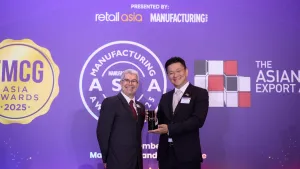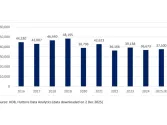
China drives strongest factory growth since 2022
European recovery sluggish as supply chains at weakest level
Chinese manufacturers sharply increased purchasing in September, driving the strongest growth in global factory activity since mid-2022, the GEP Global Supply Chain Volatility Index released October 9 said.
The surge in Chinese demand pushed Asian supply chains to their busiest level since June 2022, bringing them to near-full capacity. However, the picture elsewhere was far less encouraging.
North American manufacturing activity cooled as tariff-related disruptions and a softer economic outlook prompted manufacturers to hold back on purchasing and reduce inventory stockpiles.
Europe's recovery remained sluggish, with supply chains operating at their weakest level since March as factories in Germany, France, and Italy cut back on both purchasing and inventories.
The index, which tracks demand conditions, shortages, transport costs, inventories, and backlogs across 27,000 businesses globally, registered -0.38 in September, little changed from August's -0.39.
This indicates global supply chains are still operating below full capacity.
"This is the new normal for global companies — higher prices, tariff pressure, and slower growth are here to stay," said John Piatek, vice president of consulting at GEP. "For supply chain leaders who've been waiting to see how things settle: stop waiting for stability and start executing their revised strategies."
The data revealed stark regional contrasts.
Whilst Chinese factories ramped up production and sales, driving the strongest rise in purchasing across Asia for 10 months, manufacturers in North America and Europe displayed reluctance to stockpile further.
On a positive note, material shortages decreased globally, indicating robust item availability, whilst labour shortages remained minimal and transport costs stayed at historically normal levels.
The UK's index rose to -0.57 from -0.90 but still reflects significant manufacturing weakness across the country.















